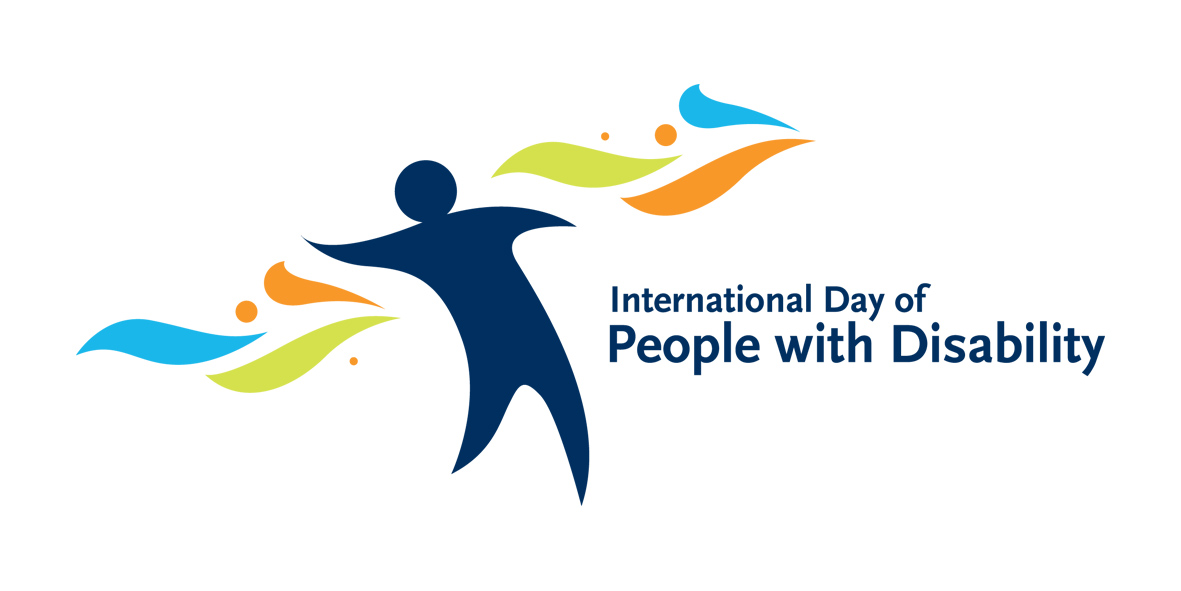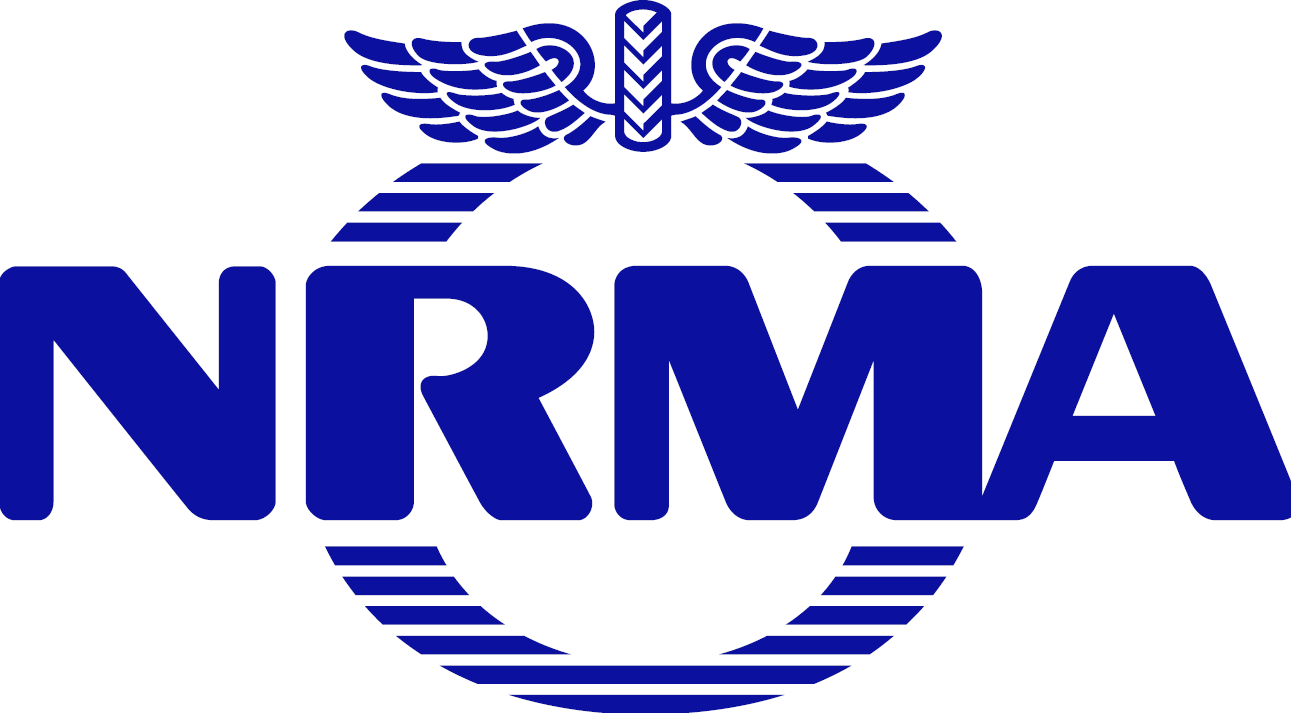Celebrating International Day of People with Disability 2021

International Day of People with Disability (IDPWD), held on 3 December annually, celebrates and raises awareness of people with disability and equitable opportunities in all aspects of life.
It’s the perfect opportunity for organisations to demonstrate their commitment to disability inclusion across the organisation. A hybrid event may be the way all employees to attend events comfortably; so long as accessible and supportive technology has been adopted.
This year’s UN theme is: Leadership and participation of persons with disabilities toward an inclusive, accessible and sustainable post-COVID-19 world.’
How can you celebrate the day?
Collaborate with your Employee Resource Group and/or employees with disability
To find the best way for your organisation to celebrate IDWPD, consider collaborating with your Employee Resource Group (ERG) or Disability Employee Network (DEN) to support with planning or advising on the celebrations. Having the direct input of employees with disability is vital in any organisation that wishes to truly practice disability inclusion.
If you do not have an ERG, IDPwD is the perfect day to launch one.
Demonstrate your organisation’s commitment to disability inclusion
Working on a Disability Action Inclusion Plan? Or are you co-designing a new program with your employees with disability?
No matter what it is, IDPwD is a great opportunity to demonstrate your commitment to the inclusion of people with disability through launching an organisation-wide policy, plan or initiative that firmly places disability inclusion on the agenda.
Alternatively, you can share the next steps of one of your plans, programs, policies or initiatives that you are working on to support the equitable inclusion of people with disability in your organisation.
Support employees with disability in sharing their stories
Storytelling is a powerful tool that connects us all.
Employees with disability may feel comfortable to share their experiences and stories. Considering sharing the stories of employees with disability, as no two experiences are the same.
Organisations can share stories in a number of ways – across the intranet, at a hybrid event or even at a lunch and learn. No matter the way in which stories are shared, IDPwD is the opportunity to utilise storytelling.
Show your organisation’s commitment through leadership
Senior leadership, executives and Disability Champions use IDPwD as a day to promote the organisations’ commitment to disability inclusion and to reinforce that disability inclusion is on the business agenda.
This might be through a Q&A with senior leadership, or through a panel – or perhaps through a new initiative launched by leadership to support disability inclusion.
Support staff to learn about disability and inclusion
We know that familiarity and education can by the biggest opportunity to removing unintentional barriers. IDPwD can be a great opportunity to organise training – whether internal or external – where employees can learn about disability, and the benefits of disability inclusion in the workplace.
These are just some of the ways your organisation can get involved, but the biggest impact will come with what resonates with your internal culture. Do what works best for your organisation – and share the ways you celebrate on the day with Australian Disability Network by tagging us @AustralianNetworkonDisability.

